电话: +86 75588353453
手机: +86 13828755932
邮箱: sales@kmychina.com.cn
地址: Room 611-613, Hanggang Fuchun Business Building, 6031 Shennan Avenue, Tian'an Community, Shatou Street, Futian District, Shenzhen
Analysis of the development prospect of China's self-service terminal industry
Analysis of the development prospect of China's self-service terminal industry
Self-service terminal is a high-tech integrated system with information identification and processing technology as the core and mechatronics technology as the background, mainly including self-service terminal equipment and self-service platform. Self-service terminal equipment is an electronic information device that forms an interactive environment through multimedia databases such as movies, pictures, text, music, etc., so as to store information and provide various information query, printing, payment and product sales and other service functions.
According to the different functions of the equipment, it can be divided into low-end and high-end - low-end products only have simple functions such as query, printing, and numbering, while high-end products have transactional functions such as payment, card sales and handling new business. Another component of the self-service terminal system, the self-service platform, is the technical core of the self-service terminal, which can realize the unified management, unified maintenance and centralized processing of terminal equipment. The self-service terminal equipment operates effectively under the unified management of the self-service platform, and the two are organically combined to form a self-service terminal system.
The application of self-service terminals in developed countries and regions has a history of decades, and the application in China initially began with ATMs in the banking industry. With the strengthening of the trend of global integration and the acceleration of China's informatization construction, the demand for production and service efficiency in various industries continues to increase, and self-service terminals have begun to expand rapidly from the banking industry to other fields, and the application scope has expanded to retail, telecommunications, electric power, medical, civil aviation, taxation, urban informatization and other industries and fields.
According to statistics, as of 2009, the output of self-service terminal equipment in China exceeded 50,000 sets. The demand for various downstream industries is increasing rapidly, such as the power industry, which just began to apply self-service terminals in 2007, and the number of high-end self-service terminal equipment in that year was only 100, and by 2009 it had grown to 1200 units. According to H&Q Consulting, the demand for high-end self-service terminals in the power industry will exceed 25,000 units in 2012.
Figure 1: Number of high-end self-service terminal equipment in the power industry, 2007-2009 (unit: units)
The application of self-service terminals in developed countries and regions has a history of decades, and the application in China initially began with ATMs in the banking industry. With the strengthening of the trend of global integration and the acceleration of China's informatization construction, the demand for production and service efficiency in various industries continues to increase, and self-service terminals have begun to expand rapidly from the banking industry to other fields, and the application scope has expanded to retail, telecommunications, electric power, medical, civil aviation, taxation, urban informatization and other industries and fields.
Figure 1: Number of high-end self-service terminal equipment in the power industry, 2007-2009 (unit: units)

As an industry that is basically synchronized with the development of global technology, China's telecommunications industry has the largest operating scale in the world, and its growth rate has exceeded the growth rate of GDP for many consecutive years. According to Guosen Securities Research, it is expected that in the next few years, the revenue of the domestic telecommunications operation industry will maintain an 11% growth rate, reaching 1,226.7 billion yuan in 2012. As the telecom industry continues to grow, the number of operators' business halls is also increasing, and by 2009, the number of self-built business halls of the three major operators reached 104,000 (as shown in the figure below).
Figure 2: Number of business halls of the three major telecom operators as of 2009 (unit: thousands)

With the emergence of various integrated value-added services, the business of telecom operators has become more complex. Due to the need to improve service levels, the demand for self-service terminals in the telecommunications industry is growing very rapidly, making the telecommunications industry an important area for large-scale adoption of electronic self-service terminals after the banking industry. In the telecommunications industry, self-service terminals, as a very effective way of service, can provide customers with detailed, considerate and people-oriented personalized services, such as: user bill payment, balance inquiry, invoice printing, business handling, etc., can be completed through self-service terminals placed in the business hall of telecom operators. As an important means to improve service efficiency and enhance service image, self-service terminals are increasingly valued by operators. According to statistics, by the end of 2009, the number of high-end self-service terminal equipment in the telecommunications industry had reached nearly 40,000, of which nearly 80% were distributed in China Mobile's business halls.
China's telecommunications industry began to introduce self-service terminals in 2000, when the equipment was mainly based on query and printing functions. The large-scale configuration of autonomous service terminal equipment in the telecom industry began in 2007. According to statistics, from 2007 to 2009, the three major telecom operators added a total of 25,900 new equipment, accounting for 65% of the existing equipment ownership. Unlike the previous simple procurement of equipment, telecom operators have begun to adopt a new business cooperation model of cooperation with self-service terminal providers. In this model, telecom operators share with self-service terminal providers according to the business volume handled by terminal equipment, which avoids large-scale fixed equipment expenditure and speeds up the laying of terminals.
From the perspective of telecom operators, cooperative operation will gain the following advantages:
First, operators face fierce competition, and the adoption of self-service terminals can not only improve service levels, but also save costs and improve corporate image. However, operators are constrained by fixed asset investment, and they have more than enough to do. By cooperating with self-service terminal operation service providers, both parties share risks, and telecom operators transfer part of their profits while rapidly and massively laying equipment and improving service quality, thereby increasing competitiveness.
Second, operators are large and their services are becoming more and more complex. As kiosks and their associated technologies and management platforms become more complex, upgrades and maintenance upgrades are increasing, outsourcing operations and maintenance becomes more necessary. In the telecommunications industry, there have been many cases of cooperative operation between enterprises and operators. For example, Shenzhou Taiyue specializes in cooperating with China Mobile and is responsible for the operation support of China Mobile's Fetion business.
Therefore, in the new mode of cooperative operation, self-service terminal providers provide equipment and self-service platforms and maintenance services, and telecom operators adopt the method of leasing or business sharing to pay fees, thereby avoiding the expenditure on procurement and maintenance of equipment, so that telecom operators can focus on their core business while accelerating the laying of self-service terminals and improving service levels. At present, in the telecommunications industry, there are more than 9,000 self-service terminal devices in cooperative operation.
Figure 3: Number of high-end self-service terminal cooperative operation equipment in the telecommunications industry, 2006-2009 (unit: units)

According to H&Q, by 2012, the number of mid-to-high-end self-service terminal equipment of the three major operators will reach 130,000, an increase of more than 90,000 units compared with 2009, of which most of the new equipment will be managed in a cooperative operation mode.
Figure 4: Forecast of the ownership of high-end self-service terminal equipment in the telecom industry from 2010 to 2012 (unit: units)

Figure 5: Forecast of the ownership of medium and high-end autonomous service terminal equipment of the three major telecom operators from 2010 to 2012

Unit: Taiwan
In summary, the business model of cooperative operation has explored the deep-seated needs of telecom operators and driven the rapid growth of the industry. At present, companies in the industry that implement this model, such as Shenzhen Kaihinda, have also achieved rapid development. Looking forward to the future, cooperative operation will create a broader market space for telecom operators and related operating partners.
- 上一篇:Application advantages of self-service borrowing and returning machines in book management
- 下一篇:Convenience store self-checkout terminal in micro-small retail scene: "Small body has great power"

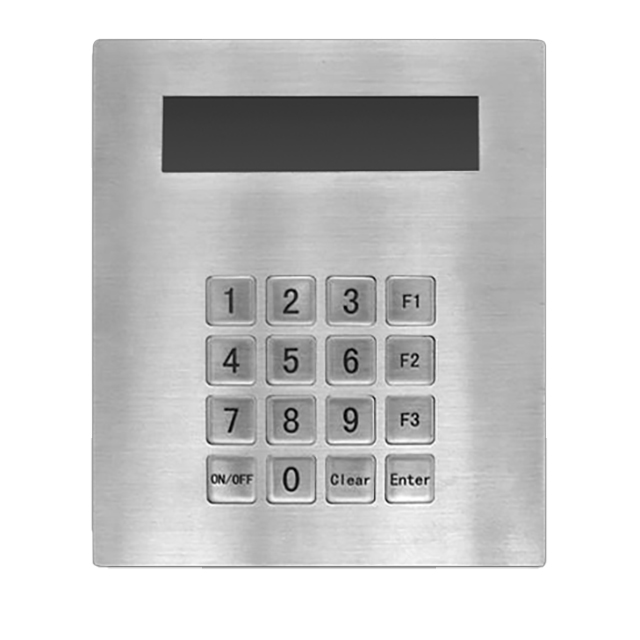
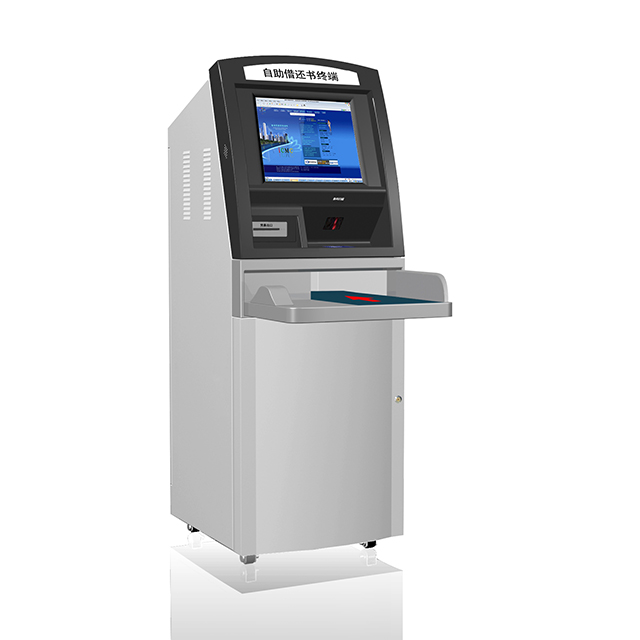
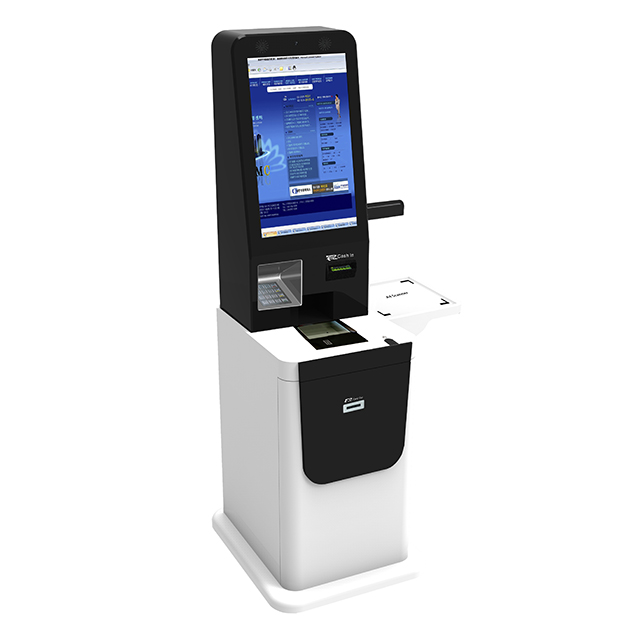
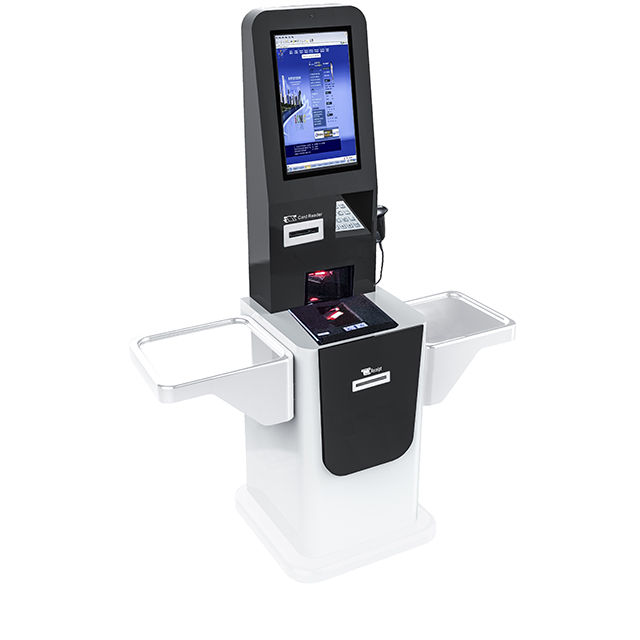
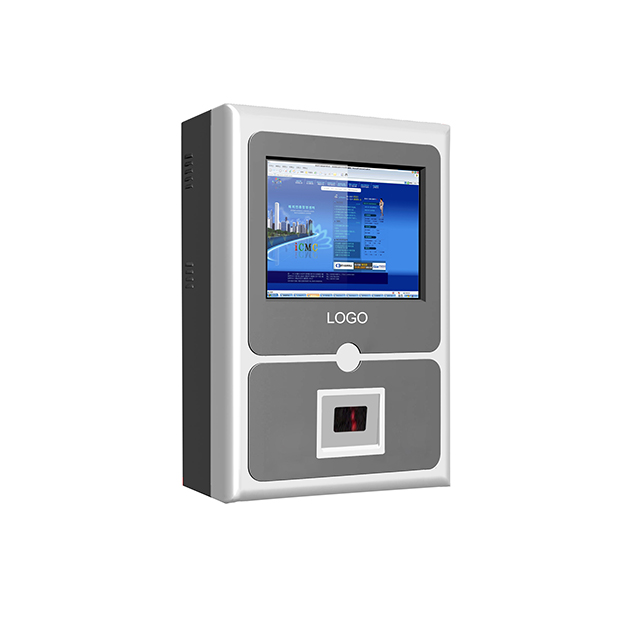


 客服
客服